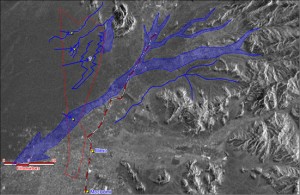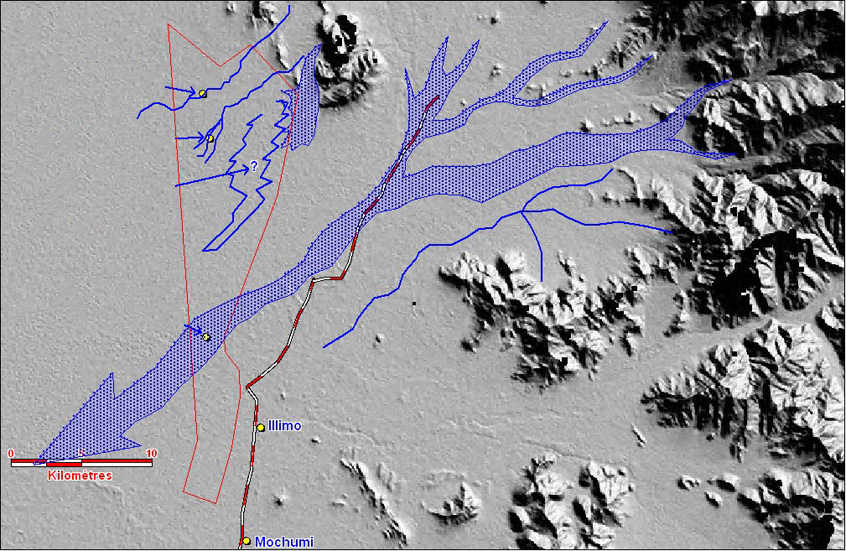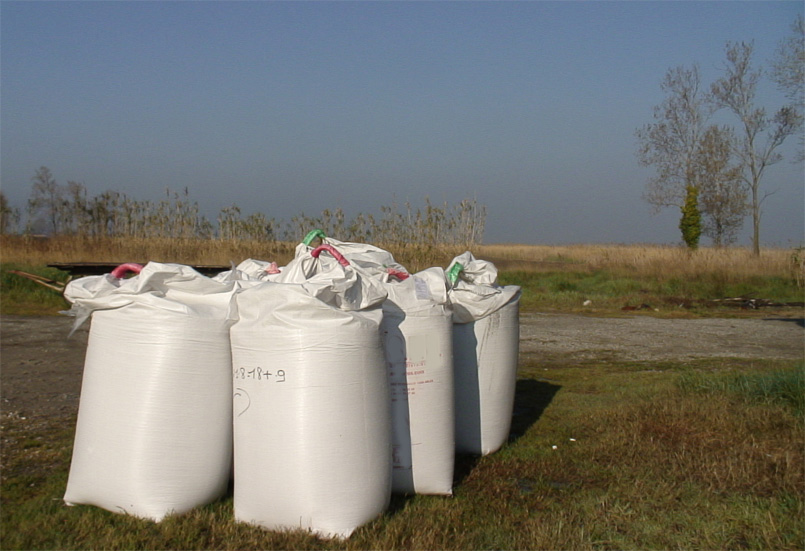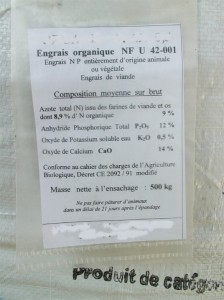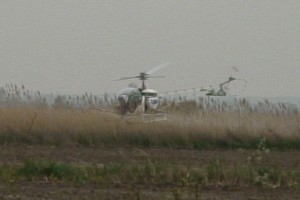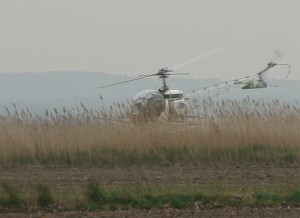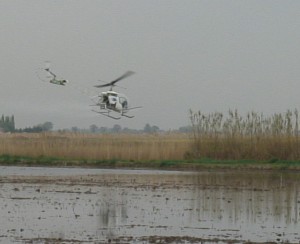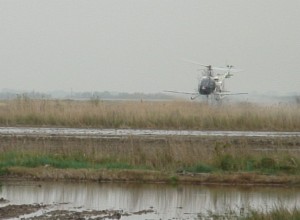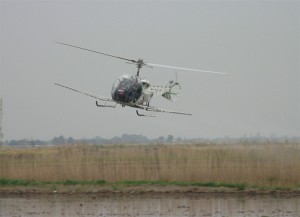Nasa’s Space Shuttle flies for agriculture
May 23rd, 2009While everyone focusses on important space missions, we have put NASA’s space shuttle to work for agriculture thanks to our colleague Alain Gachet.
During its’ revolution around the earth, the space shuttle is scanning the earth surface with a radar which penetrates down to 30 meters under the earth surface. Then these images are analyzed and worked on with sophisticated softwares. Alain, is an engineer from the Ecole des Mines de Paris, explorator and geologist who has found petrol for Elf/Total during 20 years. He knows about the earth morphology better than anyone. The imagery of the shuttle helps him to peal literally the earth like an onion, displaying all its layers.
Thanks to this work we can find water for the farmers.
For our project in Peru, in Lambayeque, to reabilitate a desertic land which has been worn out by years of ill agricultural pratices and overgrazing, this technique has brought back water in a sustainable way :
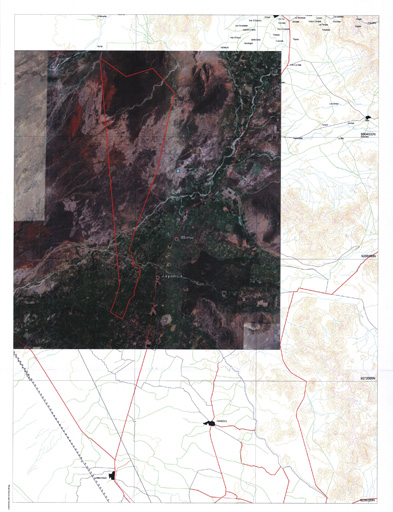 Here is the 30 000acres domain on the surface satelite image.
Here is the 30 000acres domain on the surface satelite image.
Then we come to the radar satelite image to understand the geology of the place and how water organises itself : where are the water collector bassins, in which direction and where exactly they go; the exact GPS points where to dig and at which deapth can we go without hindering long lasting reservoirs.
Here we take into account only the sustainable reservoirs which are apermanently affluent. We do not touch at all the permanent reservoir which could fear any danger of disappearing and caus a long term catastrophy in case they disappear.
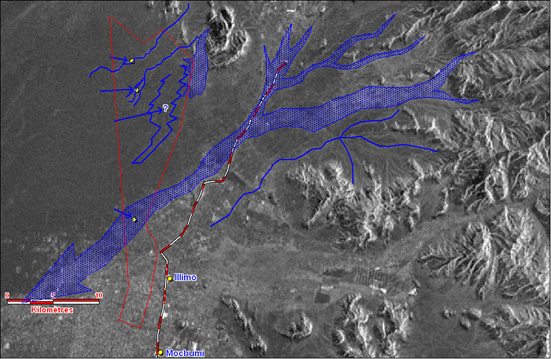 On the above image we are following water underground. At the surface, on the photo below, nothing shows.
On the above image we are following water underground. At the surface, on the photo below, nothing shows.
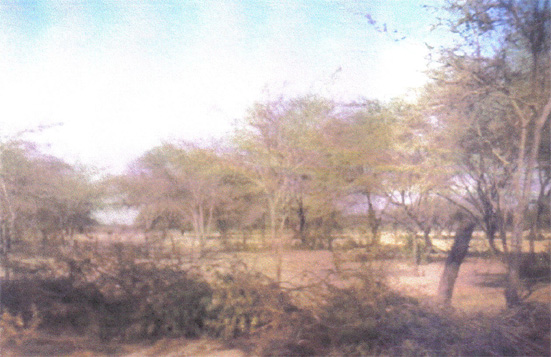 Deeper, we go minus 30m meters underground.
Deeper, we go minus 30m meters underground.
By using this technique which he developped Alain has found water for the refugees in Darfour. the United Nations by the director general of Unesco have just officialy thanked him for saving more than 300 000 réfugiés in Darfour. From now on the Pentagone is preparing with him missions to find water in Irak, Afghanistan, Somalia…
Concerning agriculture the images treated by Alain also allow us to understand how the soil functions : to understand all the erosion process going on.
Example in Argentina : her we see South America from the space shuttle.
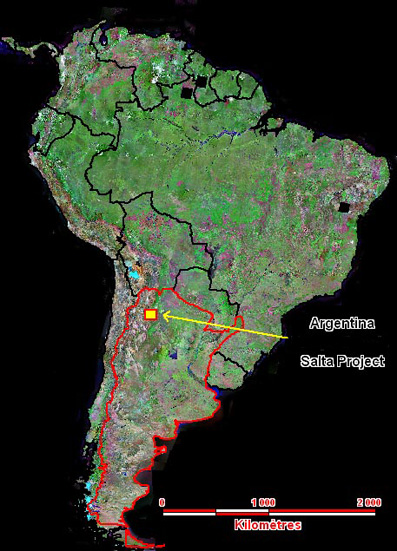 The dark squares are apparently sites that the army doies not want us to see. Lets get closer to where we work :
The dark squares are apparently sites that the army doies not want us to see. Lets get closer to where we work :
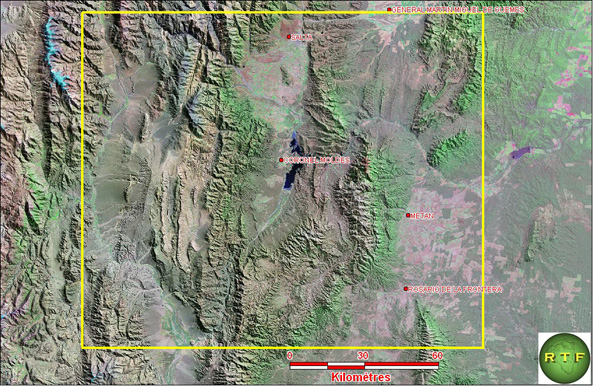 Closer. Her we have targeted a little to high; we arrive just in the lake where goes all the water of the estancia we are advising.
Closer. Her we have targeted a little to high; we arrive just in the lake where goes all the water of the estancia we are advising.
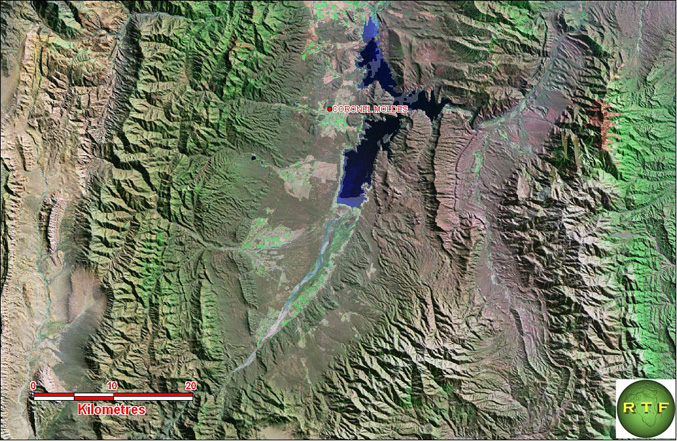 Lets get closer and play with the image so that we can understand the geological process, teh different rocks and the impact of water on the spot. First an image to get a global view on the whole region.
Lets get closer and play with the image so that we can understand the geological process, teh different rocks and the impact of water on the spot. First an image to get a global view on the whole region.
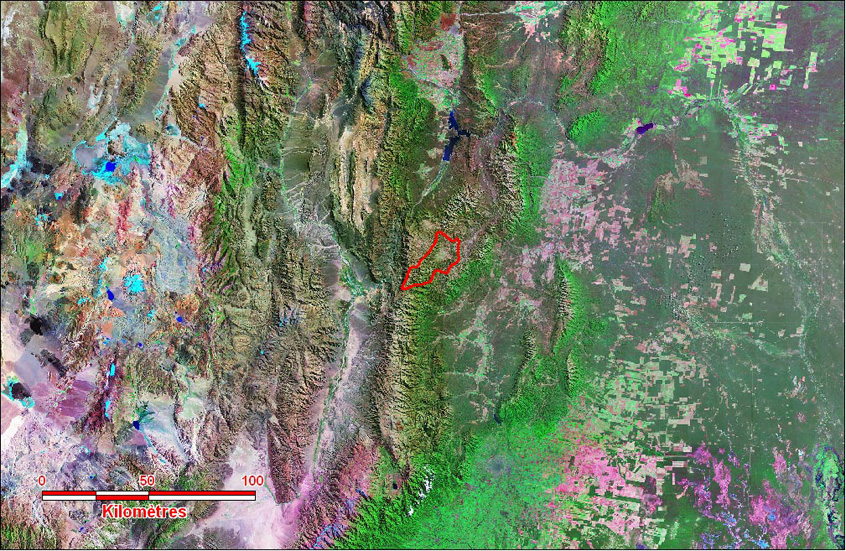 This image shows the climat impact on the domain.
This image shows the climat impact on the domain.
All the water comes from the Amazonia. Our destiny is totally dependent on the fate of the forest. All the Eastern side of the mountains are green and our land is on the boarder with the desert. Our position is very fragile; therefore we have to find all the buffer solutions possible against climat change. This image points it clear, it should be our utmost priority. We must bring back this land to green, which on the satelite it is not for the moment. Plant trees and better management of the water ressources.
Lets get closer.
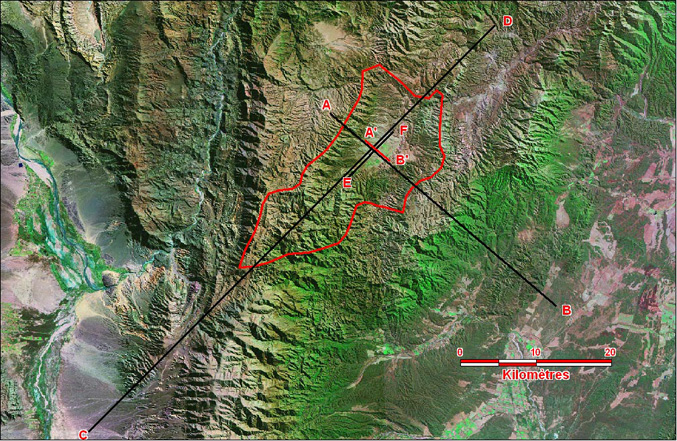 This land is dreadfully less green than it should be. Far less than the spaces untouched by man. What has happened?
This land is dreadfully less green than it should be. Far less than the spaces untouched by man. What has happened?
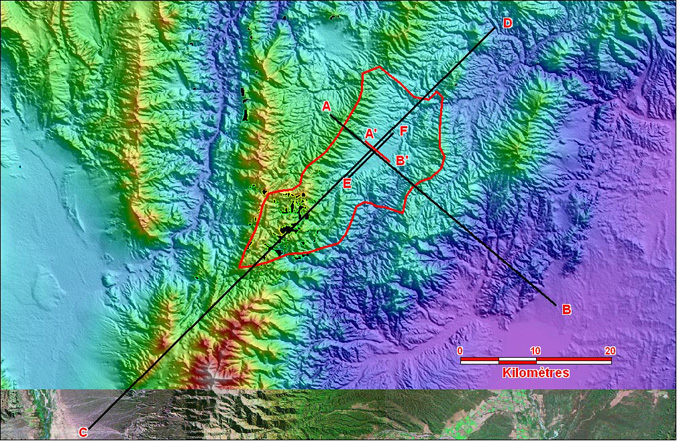 Toute l’eau du domaine se dirige vers B’ et l’on dirait que rien ne pousse là.
Toute l’eau du domaine se dirige vers B’ et l’on dirait que rien ne pousse là.
Etudions les coupes de terrain que nous fournit la navette depuis l’espace :
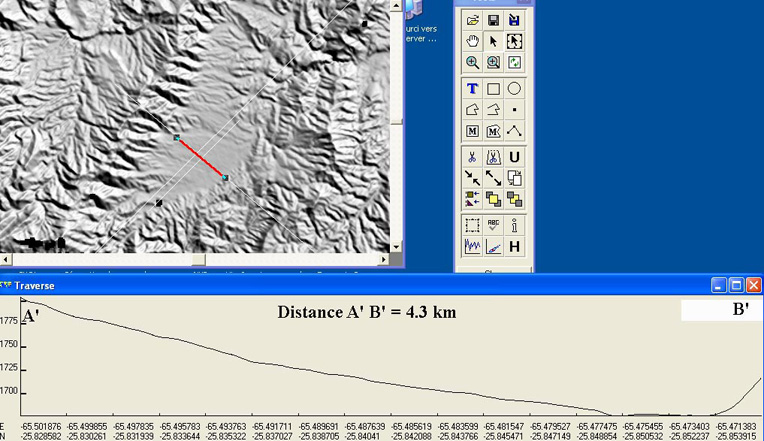 The whole land is in total erosion. We have here alluvions which are all taken aay by the river: look at the cross sections to better understand the process :
The whole land is in total erosion. We have here alluvions which are all taken aay by the river: look at the cross sections to better understand the process :
 What on the ground seems flat is absolutly not in reality. Giving the fragile composition of the soil, at long term everything can collapse to become a canyon. We must protect the sites which already shows sign of transformation in canyon. Avoid all kind of treading by the cattle in some area. lets get closer:
What on the ground seems flat is absolutly not in reality. Giving the fragile composition of the soil, at long term everything can collapse to become a canyon. We must protect the sites which already shows sign of transformation in canyon. Avoid all kind of treading by the cattle in some area. lets get closer:
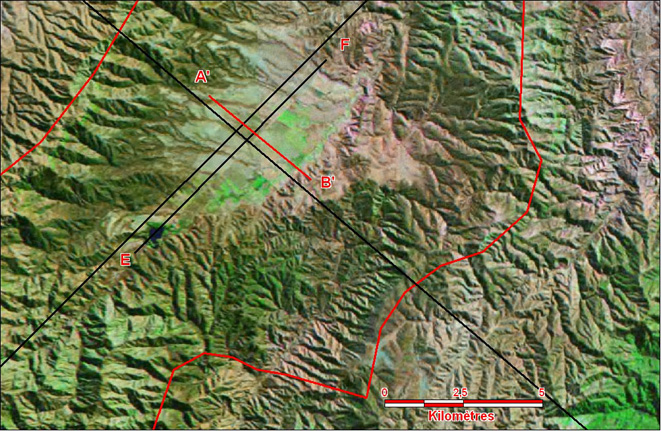
 If we do not act, everything is going to collapse gently. We must avoid all kind of chemicals, forbid glyfosate, stop weeding. In order to prevent erosion we must count on any plant possible to retain the soil.
If we do not act, everything is going to collapse gently. We must avoid all kind of chemicals, forbid glyfosate, stop weeding. In order to prevent erosion we must count on any plant possible to retain the soil.
Without any ground experience we would not be able to understand things that way of course, but the images from the shuttle, the knowledge of Alain and his imagery, allow us to set our priorities. We are experiencing a true revolution for agriculture and sustainable development.
The Space Shuttle is comforting us in our choice for natural agriculture the way Masanobu Fukuoka used to do it : to understand nature by all means and turn it into an ally to cultivate and feed man.
